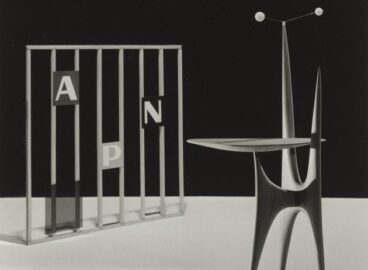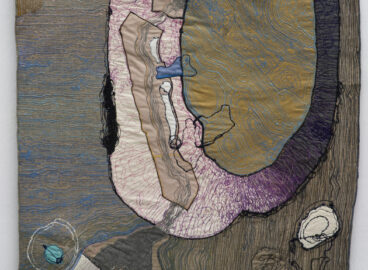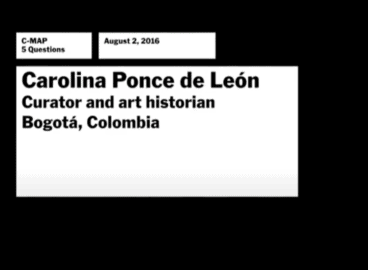Cildo Meireles discusses his series Inserções em circuitos ideológicos, Projeto Cédula (Insertions into Ideological Circuits, Banknote Project, 1970), in which he anonymously stamped banknotes with critical political slogans, demands, or questions, afterward putting them back into circulation. Created during a period of military rule in Brazil, one stamp asked, “Quem Matou Herzog?” (“Who Killed Herzog?”) after the death of Wladimir Herzog, a journalist who was vocally opposed to the dictatorship. Others read “Eleições Diretas” (“Direct Elections”) or “Yankees Go Home,” the latter a reference to the influence exerted by the US on Brazilian politics.
Meireles also reflects on his Inserções em circuitos antropológicos (Insertions into Anthropological Circuits, 1971–73), works that put new objects into circulation, thereby creating circuits that didn’t previously exist. These included clay tokens, which were fabricated in order to avoid having to pay for the subway and telephone calls; banknotes without values; and Afro hair combs.
While the circulation of these objects has been read in relation to Pop art, Meireles rejects this reading because, of course, “Pop art is poison.”





